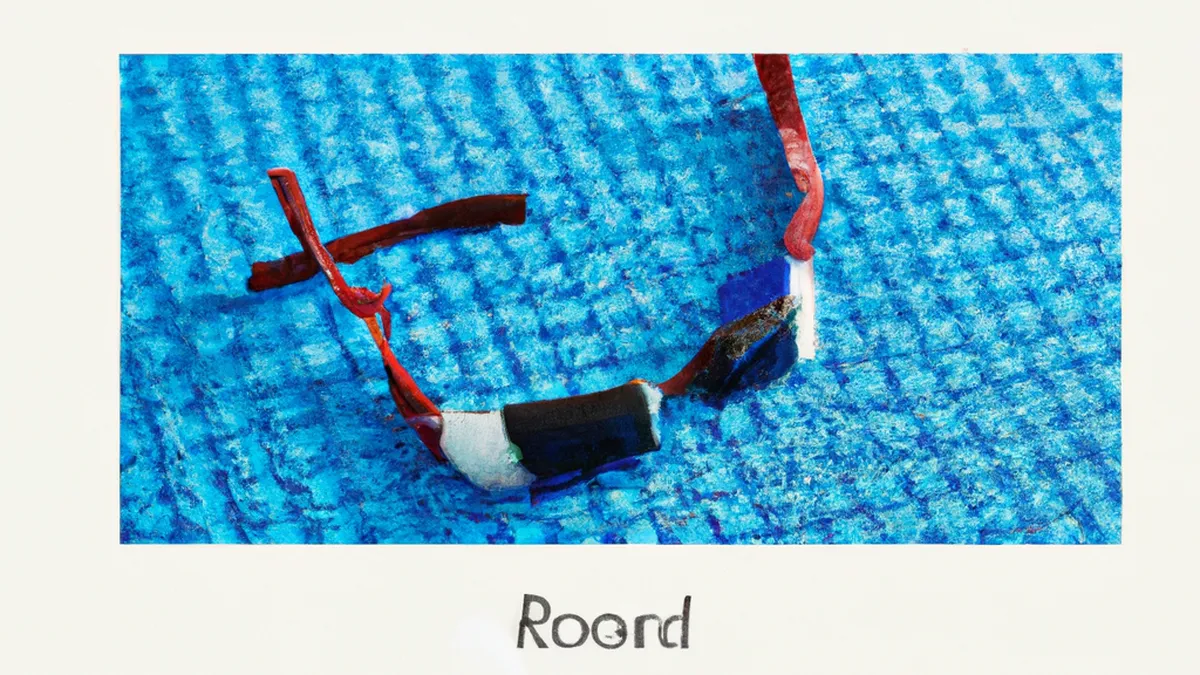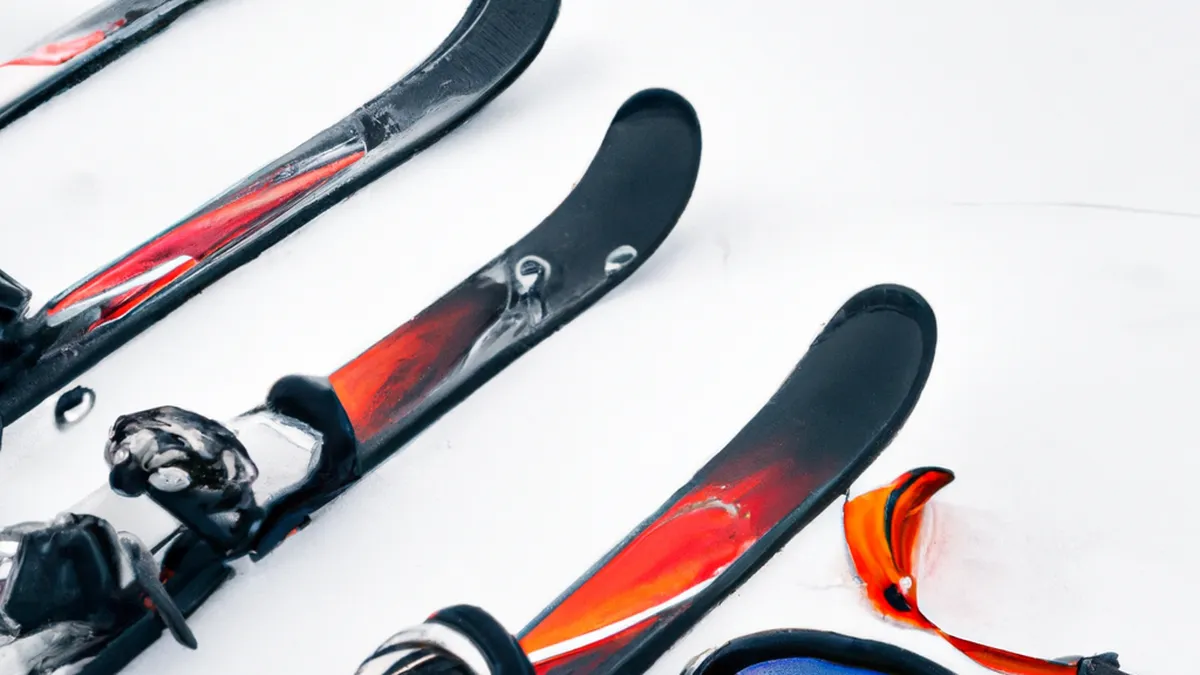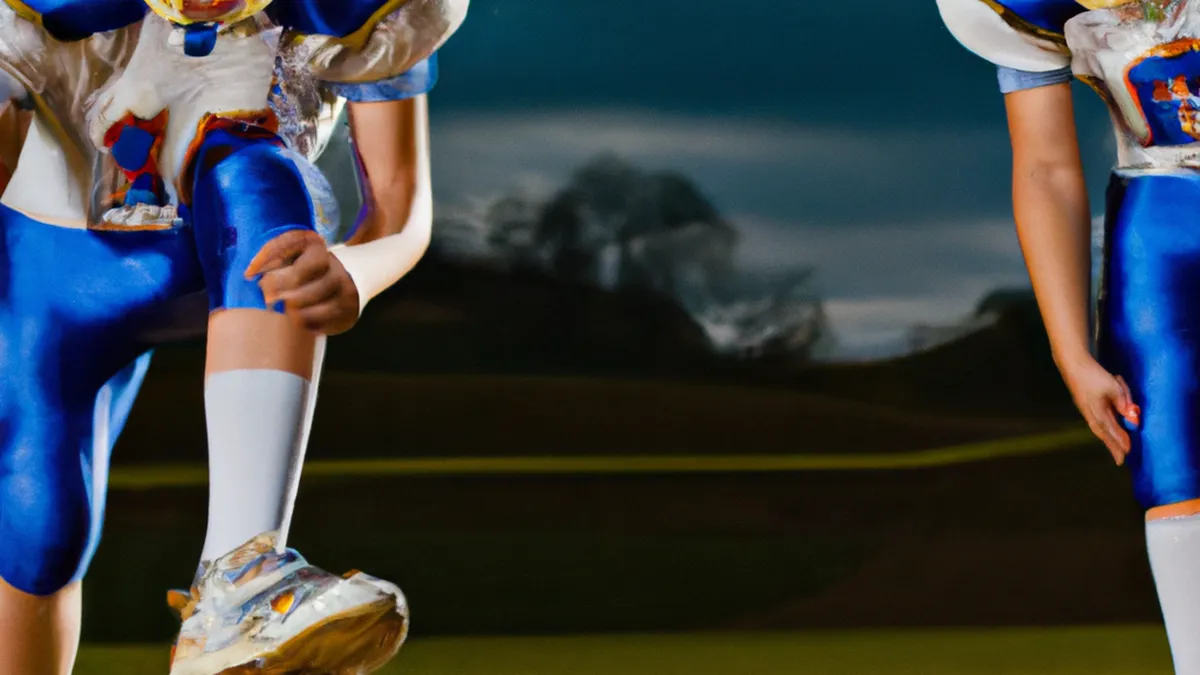Walk It Off: Recovery After Racing
Active Recovery Techniques Post-RaceRacing can significantly impact your body, whether you finish a marathon or a brisk 5K. Physical exertion often leads to muscle fatigue and soreness. Recovery is essential for your performance and well-being. Active recovery techniques promote circulation, reduce soreness, and help you prepare for your next challenge. In this post, we will explore effective post-race recovery strategies to rejuvenate and recharge.
What is Active Recovery?
Active recovery includes low-intensity exercises that keep your body moving while your muscles heal. It encourages blood flow, helping clear lactic acid and metabolic waste products. This process speeds up recovery time and prepares your body for future efforts. Plus, active recovery can be enjoyable, allowing you to engage in activities you love.
Walking and Light Jogging
Walking ranks among the simplest and most effective forms of active recovery. After a race, walk for 10 to 20 minutes to aid recovery. This gentle movement helps relax muscles, reduce stiffness, and promote blood flow. Walking is low-impact and fits easily into your post-race routine.If you feel up to it, incorporate light jogging into your recovery plan. Start at a slow, comfortable pace, gradually increasing your speed as you feel comfortable. Many runners find that a short, easy jog alleviates soreness and prepares them for their next workout.
Stretching and Mobility Work
Stretching plays a vital role in active recovery. Post-race, tight and fatigued muscles require attention. Focus on major muscle groups used during your race, such as quadriceps, hamstrings, calves, and hips. Hold each stretch for 15 to 30 seconds to elongate and relax your muscles.Incorporate mobility exercises into your recovery routine as well. Mobility work enhances flexibility and improves your range of motion, preventing future injuries. Gentle yoga or dynamic stretching promotes mobility while calming your mind.
Swimming or Cycling
Swimming provides a superb low-impact alternative to running, making it ideal for recovery. Water’s buoyancy reduces stress on your joints while engaging your muscles. Swim at a relaxed pace for 20 to 30 minutes. This activity clears toxins and soothes your muscles, offering a refreshing recovery option.Cycling also serves as a beneficial recovery option. A leisurely ride for 30 minutes boosts circulation and promotes recovery while allowing you to enjoy the outdoors. Keep the intensity low; aim to engage your muscles without overexertion.
Foam Rolling and Self-Massage
Foam rolling and self-massage help release muscle tension and promote recovery. Use a foam roller to target sore areas, applying gentle pressure to loosen tight muscles. Spend extra time on areas that feel particularly tense.
Conclusion
As an Amazon Associate I earn from qualifying purchases.
Gear tip: consider massage gun, lacrosse ball, and peanut mobility ball to support this topic.
Active recovery techniques enhance your post-race recovery. Incorporate walking, stretching, swimming, or cycling into your routine. These strategies promote healing and prepare you for future challenges.
Below are related products based on this post:
FAQ
What is active recovery?
Active recovery involves low-intensity exercises that keep your body moving while your muscles heal. It encourages blood flow, which helps clear lactic acid and metabolic waste products, speeding up recovery time. This approach can also be enjoyable, allowing you to engage in activities you love.
How can walking help in post-race recovery?
Walking is one of the simplest and most effective forms of active recovery. After a race, walking for 10 to 20 minutes helps relax muscles, reduce stiffness, and promote blood flow. It is a low-impact activity that easily fits into your post-race routine.
What role does stretching play in recovery?
Stretching is vital for addressing tight and fatigued muscles after a race. Focusing on major muscle groups, such as quadriceps and hamstrings, and holding each stretch for 15 to 30 seconds can help elongate and relax your muscles. Additionally, incorporating mobility exercises enhances flexibility and prevents future injuries.















Post Comment